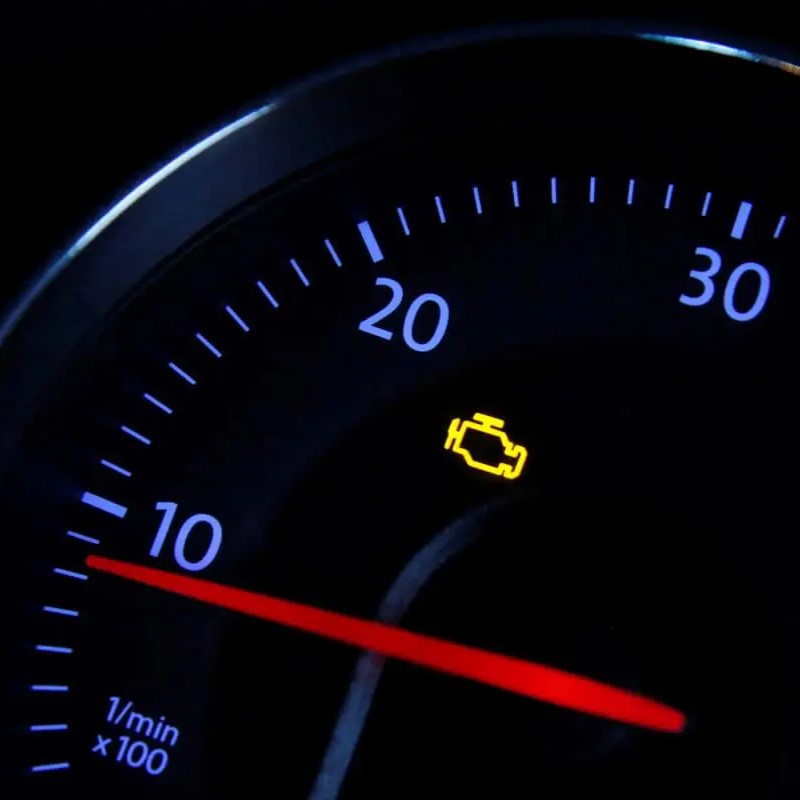Have you ever glanced at your dashboard and noticed an unfamiliar light – a symbol resembling a car with squiggly lines beneath it? This is the TC light, and it’s related to a crucial safety system in your car: traction control. Understanding what the TC light means and how it functions can empower you to navigate different road conditions more confidently.
What is Traction Control?
Traction control is an electronic system that helps maintain grip between your car’s tires and the road surface. It primarily functions during acceleration, especially on slippery surfaces like rain, snow, or gravel. Here’s how it works:
- Wheel Speed Sensors: These sensors monitor the rotational speed of each wheel.
- Traction Loss Detection: If the system detects a significant difference in speed between wheels (indicating a slipping tire), it intervenes.
- Intervention Methods: Traction control can employ two methods to regain traction:
- Engine Power Reduction: The system reduces engine power, preventing excessive torque from spinning the slipping wheel further.
- Selective Braking: The system applies brakes to the slipping wheel, transferring traction to the wheels with better grip.
By regulating engine power and braking, traction control helps prevent wheel spin and loss of vehicle control during acceleration.

When Does the TC Light Illuminate?
The TC light typically behaves in two ways:
Temporary Illumination:
During startup, the TC light might briefly illuminate for a self-check. Once the engine starts, the light should turn off.
Steady or Flashing Illumination:
If the TC light stays on steadily after startup, it indicates that the system is either deactivated or malfunctioning. A flashing TC light usually signifies temporary traction loss (like on a slippery patch) and doesn’t necessarily point to a system issue.

What to Do When the TC Light Comes On
- Steady Illumination: If the TC light remains on after startup, consult your car’s owner’s manual to see if there’s a way to manually activate or deactivate the system. However, a steady light often suggests a problem.
- Consult a Mechanic: It’s advisable to schedule a service appointment with a qualified mechanic to diagnose the cause of the malfunctioning TC system. They can inspect components like wheel speed sensors or the electronic control unit for potential faults.

Driving with the TC Light On
While traction control enhances safety, you can still drive your car with the TC light on. However, be aware of the limitations:
- Reduced Traction: Without a functioning TC system, your car is more prone to wheel spin and loss of control, especially on slippery roads.
- Increased Stopping Distance: Traction control can also improve braking performance. A malfunctioning system might lead to longer stopping distances.
Therefore, it’s recommended to address a faulty TC system as soon as possible, particularly if you frequently encounter challenging road conditions.
Turning Off Traction Control (Use with Caution!)
Some vehicles allow you to temporarily deactivate the TC system using a button, typically located near the dashboard. This might be necessary in specific situations, such as:
- Extreme Off-Roading: In very low-traction environments like deep mud or sand, the TC system might hinder progress by excessively reducing engine power. However, exercise extreme caution, as deactivating TC significantly increases the risk of wheel spin and getting stuck.
- Stuck in Snow: If your car is stuck in snow and the wheels are constantly spinning, deactivating TC momentarily might allow for slight rolling momentum to help you gain traction. However, reactivate the system as soon as you’re free, as traction control is crucial for maintaining control on snowy roads.
Remember, deactivating TC should be a last resort and only for very specific scenarios. It’s generally safer to leave the system engaged for optimal traction control in most driving conditions.

Maintaining Your Traction Control System
Here are some tips to keep your TC system functioning optimally:
- Regular Maintenance: Schedule routine maintenance appointments as recommended by your car’s manufacturer. This ensures all vehicle systems, including traction control, are inspected for potential issues.
- Tire Care: Maintain proper tire pressure and tread depth. Worn-out tires significantly reduce traction, making the TC system work harder and potentially leading to malfunctions.
- Addressing Warning Lights: Don’t ignore the TC light or any other warning lights on your dashboard. Ignoring them can lead to more significant problems down the road.
By following these tips, you can ensure your TC system is in top shape, keeping you safe on various road surfaces.
Showcase of reputable manufacturers in the industry
While the focus of this article is on understanding TC car lights and traction control systems, it wouldn’t be appropriate to include a list of specific manufacturers within the body of the text itself. This is because the article aims to provide general information applicable to a wide range of car models.
However, I can offer some suggestions for reputable manufacturers known for producing vehicles with advanced traction control systems:
- Bosch: A German multinational engineering and technology company, Bosch is a leading supplier of automotive parts and components, including traction control systems.
- Continental AG: This German automotive technology company is another major player in the industry, providing a variety of car safety systems, including traction control.
- Denso Corporation: A Japanese multinational automotive components manufacturer, Denso supplies various car parts and systems, including traction control technology.
- TRW Automotive: An American automotive safety equipment supplier, TRW (now part of automotive components giant ZF Friedrichshafen) has a strong reputation for its traction control systems.
- Aisin Seiki Co., Ltd.: This Japanese automotive parts supplier is known for its advanced transmission and drivetrain technologies, which often include integrated traction control features.
It’s important to note that this is not an exhaustive list, and many other car manufacturers develop and integrate their own traction control systems. Ultimately, the specific system in your car will depend on the make and model you drive.

The TC light serves as a valuable indicator of your car’s traction control system. Understanding its meaning and how to respond when it illuminates empowers you to make informed decisions while driving. Remember, a functioning TC system plays a crucial role in maintaining control and safety, especially in adverse weather





